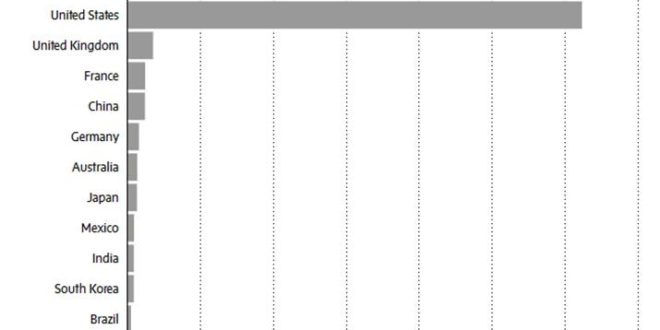After several years of restraint, the Crown agency responsible for marketing Canada as a tourist destination is now flush with funds, thanks to a big boost from the recent federal budget.
Destination Canada – formerly called the Canadian Tourism Commission – was given an extra $50-million over two years in the budget tabled by federal Finance Minister Bill Morneau on March 22.
The money was not earmarked for specific projects, but the budget said it will be used “to seize opportunities with partners by augmenting marketing initiatives in important international markets, such as the United States and China.” The United States is Canada’s biggest source of international tourists, and China is among the fastest growing.
Destination Canada’s activities were trimmed sharply in 2012 after the Conservative government cut its annual base budget by 20 per cent – to around $58-million from $72-million – forcing it to eliminate the promotion of Canadian leisure travel in U.S. markets.
The Tories then had a change of heart in 2015, providing $30-million extra over three years specifically for U.S. marketing, to take advantage of the falling Canadian dollar.
But even with that money, Destination Canada was operating with less than it had before 2012.
Now, with the additional boost in the Liberal budget, the organization finds itself with more than $90-million a year for the next couple of years.
“We were pleasantly surprised,” by the boost in the budget, said Destination Canada president David Goldstein, although he noted that the budget bill has not yet passed through Parliament and become law.
“Tourism marketing is a very important extension to a country’s international brand, and this is consistent with the new government’s approach to enhancing the Canada brand around the world,” Mr. Goldstein said.
He noted that tourism is often a catalyst for broader trade and investment, because people who travel to a country are more likely to do business there.
Indeed, a 2014 Deloitte study suggested that a 1-per-cent increase in travel into Canada generates a $817-million increase in exports.
The new money won’t drastically change the way Destination Canada promotes the country, although it will give the organization more flexibility in its tactics, and allow it to extend its marketing efforts in the countries where it is already active.
The organization does significant direct-to-consumer advertising, but also attends trade shows, works co-operatively with the provinces, municipalities, travel agencies and tourist companies, and it provides information to travel media in other countries.
The Tourism Industry Association of Canada, which represents Canada’s tourism businesses, said it is crucial that this country boost its marketing efforts, particularly in the United States, to take advantage of the strengthening U.S. economy and the draw of the low Canadian dollar.
The low dollar, however, has made it more expensive to market Canada around the world, so the increased funding for Destination Canada will help redress this, the industry association said.
While the temporary financing boost at Destination Canada is helpful in the short term, said industry association vice-president Rob Taylor, “we would like to move to a more predictable funding model” that would ensure the agency has stronger funding over the long term.
He noted that Destination Canada’s funding could “drop off a cliff” when the two temporary programs end around 2018.
The federal budget included a lot of money for other tourism-related work, in addition to the funding for Destination Canada.
Among other things, it allotted $42-million for the development of new national parks and marine conservation areas, and $83-million to provide free admission to national parks and historic sites in 2017 (the country’s 150th anniversary) and free admission for children under 18 starting in 2018. It also allotted more than $190-million for highway and trail improvements in national parks over two years.
You can read more of the news on source
 Travelsmart
Travelsmart



